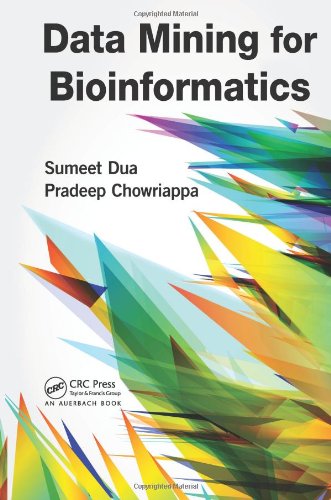

Most ebook files are in PDF format, so you can easily read them using various software such as Foxit Reader or directly on the Google Chrome browser.
Some ebook files are released by publishers in other formats such as .awz, .mobi, .epub, .fb2, etc. You may need to install specific software to read these formats on mobile/PC, such as Calibre.
Please read the tutorial at this link. https://ebooknice.com/page/post?id=faq
We offer FREE conversion to the popular formats you request; however, this may take some time. Therefore, right after payment, please email us, and we will try to provide the service as quickly as possible.
For some exceptional file formats or broken links (if any), please refrain from opening any disputes. Instead, email us first, and we will try to assist within a maximum of 6 hours.
EbookNice Team

Status:
Available5.0
7 reviewsCovering theory, algorithms, and methodologies, as well as data mining technologies, Data Mining for Bioinformatics provides a comprehensive discussion of data-intensive computations used in data mining with applications in bioinformatics. It supplies a broad, yet in-depth, overview of the application domains of data mining for bioinformatics to help readers from both biology and computer science backgrounds gain an enhanced understanding of this cross-disciplinary field.
The book offers authoritative coverage of data mining techniques, technologies, and frameworks used for storing, analyzing, and extracting knowledge from large databases in the bioinformatics domains, including genomics and proteomics. It begins by describing the evolution of bioinformatics and highlighting the challenges that can be addressed using data mining techniques. Introducing the various data mining techniques that can be employed in biological databases, the text is organized into four sections:
The book describes the various biological databases prominently referred to in bioinformatics and includes a detailed list of the applications of advanced clustering algorithms used in bioinformatics. Highlighting the challenges encountered during the application of classification on biological databases, it considers systems of both single and ensemble classifiers and shares effort-saving tips for model selection and performance estimation strategies.